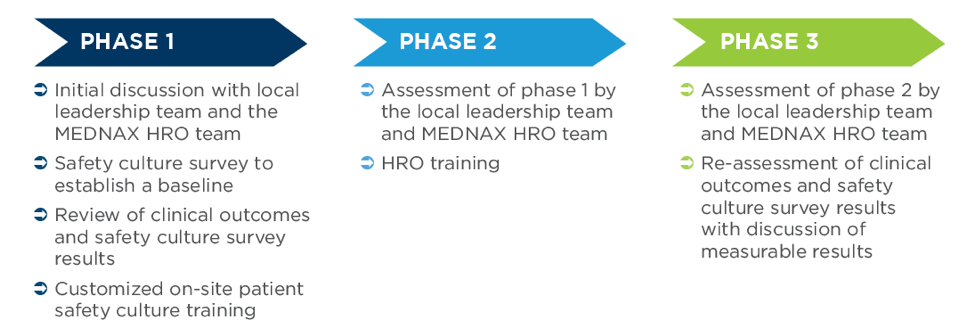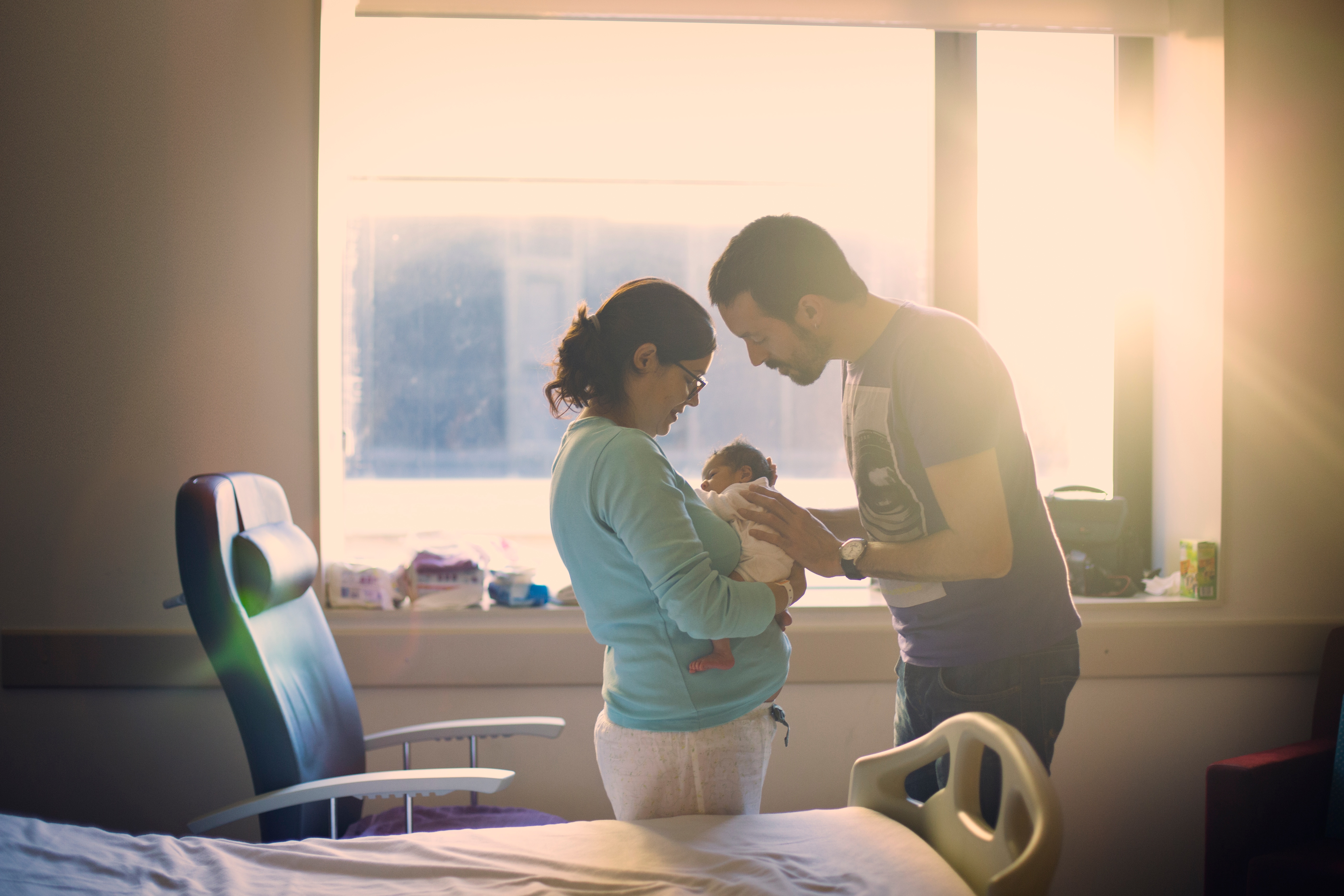This is the first blog in a series in recognition of Patient Safety Awareness Week.
For nearly 40 years, our organization has earned the trust of patients by delivering clinical excellence while challenging the status quo. To support these efforts, we have implemented a variety of patient safety programs with a focus on improving outcomes and reducing errors.
Consider these statistics:
- Medical error is the 3rd leading cause of death in the United States.
- Medical errors cause countless injuries and add more than $20 billion to our health care costs.
Doing our part
MEDNAX has adopted Crew Resource Management strategies — proven to optimize safety in high-risk industries like aviation and aeronautics — to become a High Reliability Organization (HRO). Our HRO programs enable our providers to deliver the safest care and improve outcomes while communicating efficiently and effectively.
Our HRO program has its roots in anesthesiology. In 2012, American Anesthesiology of Georgia – Piedmont set course to become a High Reliability Organization. In the first six months of the pilot program, the anesthesia care team identified and prevented nine potential errors that, left unchecked, could have led to patient harm and/or a sentinel event in the operating room. Since then, 26 MEDNAX-affiliated anesthesia practices have implemented HRO programs.
Because of the program’s success, MEDNAX is committed to implementing patient safety initiatives across all affiliated practices, with our newest program, the National High Reliability Pathway Program, aimed at our newborn and pediatric patients.
“Our decision to participate in the HRO program was a natural next step in fulfilling our commitment to quality and safety, and is the right thing to do for our patients,” said Robert Ursprung, MD, MMSc, Director of HRO & Patient Safety for Women & Children Services. “Patients are already benefiting from the success of our research and quality improvement initiatives. Establishing a culture of high reliability enables our practices to set their sights on achieving greater goals and provide safer bedside care.”
A phased approach to ensure success
Our HRO program for newborns and pediatric patients is similar to our anesthesia program. It is rolled out in phases and can be customized based on the needs of the practice, the hospital and the patients they serve. Most importantly, it functions on a continuous cycle of improvement.
The first phase of the program is the needs assessment. “We conduct a safety culture survey and interview the practice medical director and hospital leadership to get a global picture of safety strengths and weaknesses, or opportunities for improvement,” said Dr. Ursprung. “We encourage practices to focus on one critical area at a time. Once the practice meets a goal, then we go back to phase 1 to identify the next priority.”

Benefits beyond patient care
The decision to invest in patient safety programs across the organization is the right choice – not only for our patients, but also for our clinicians and hospital partners.
“Providing patients with the safest bedside care is our ultimate priority. But these programs also help us create and nurture a culture of teamwork, mutual collaboration and trust, which impacts the environment that our clinicians and their peers work in,” said Dr. Ursprung.
Dr. Ursprung also emphasizes that our HRO programs are intended to compliment, not replace, existing hospital initiatives. “Our phase 1 approach ensures each practice’s HRO plan is customized to meet the unique needs of hospital and the communities they serve,” he said.
Join us in our commitment to patient safety.


